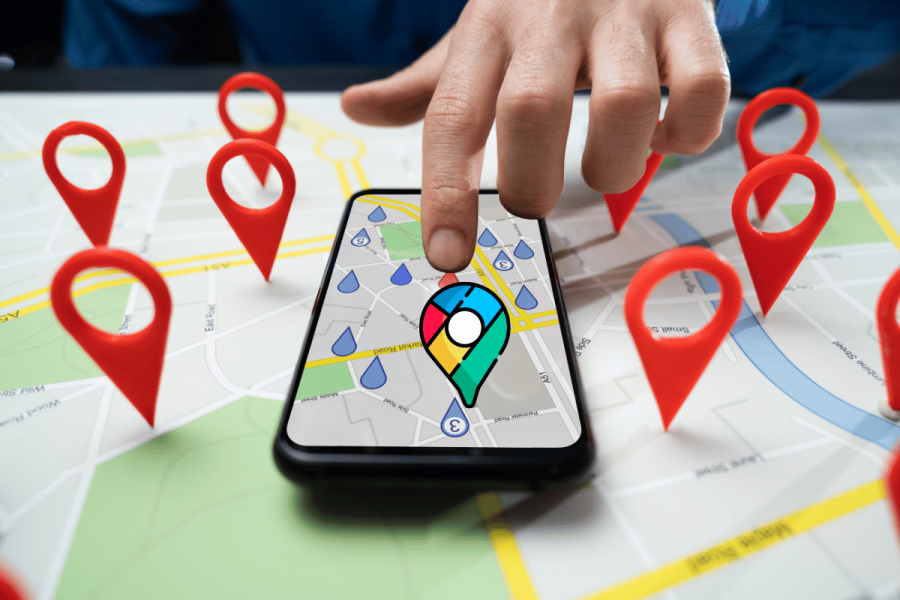When the weather is warm enough, I like to go for a quick run up two to three times a week. It’s somewhat meditative. It allows me to focus on the day ahead, and my Apple Watch lets me see how many steps I’ve run. It’s nice.
I’m not alone. Fitness trackers like FitBit and Jawbone have been on wrists for year. Consumers rely on them and the ecosystem of associated apps to meet fitness goals. And yet, these devices often fall short of identifying actionable health insights, such as risk factors for diabetes and heart disease.
Companies like Apple plan to change that. Last year, the company partnered with Stanford to bring diabetes testing to its smartwatch. Even more recently, Apple joined forces with a startup called Cardiogram to find meaningful ways to use information on irregular heart rates. Eventually, this information could be used to detect diabetes, hypertension, sleep apnea, and atrial fibrillation.
But Apple isn’t the only company innovating the wearables space. Here are some ways wearables will help consumers take charge of their own health in the very near future.
Heart Rate Health Monitoring
Heart rate can offer valuable insights into a person’s health. An accelerated heart rate is a sign of an impending heart attack, for instance, and an irregular heartbeat can signal a variety of concerning conditions. Although many of today’s fitness wearables provide heart rate tracking, consumers are still unsure how to put the information to use.
The next generation of wearables will address these shortcomings. The iBeat smartwatch will not only monitor a wearer’s heart rate, but it also includes a help button that connects to a 24/7 response center. Jawbone has been ramping up to shift into medical tracking, and the latest models of its fitness bracelet are an important first move. The Jawbone UP3 and UP4 monitor your heart rate, but they also give you information on what those metrics mean for your health.
Patient Data Monitoring
Patients spend time in the hospital hooked up to machines that monitor vital signs around the clock. Once a patient leaves the clinical setting, however, medical professionals no longer have a way to monitor them. Technology like that being developed by MYIA Labs uses a combination of under-bed sensors and apps to track your heart rate and respiratory rate while you sleep. This information is collected and used to monitor chronic conditions like Congestive Heart Failure (CHF). Another wearable sensor is the Kardia Band, which can note an abnormal heart rate or signs of atrial fibrillation, which can lead to issues like blood clots and stroke. Once detected, the app sends an email to either you or your doctor so you can take action.
Few conditions are as ideal for patient monitoring as diabetes is. Patients suffering from the disease must keep constant watch on their glucose levels. This has traditionally required drawing blood through a finger prick. Wearables bring the possibility of monitoring those levels without drawing blood. Diabetes Sentry, which tracks a patient’s skin temperature and perspiration levels to detect signs of a drop in blood glucose levels. The alert signals it may be time for treatment.
Health Insights
In addition to monitoring for health problems, fitness wearables will still do what they were originally designed to do. However, they will become more advanced in the health data they provide. The Polar A370 fitness tracker not only measures your activity. It also provides guidance on what you can do to improve your workout routine. Like others, this wearable tracks sleep activity. It also asks the wearers how they’re feeling each day to put that information to use in offering insights.
For those who aren’t interested in wearing bracelets, watches, or patches, SPIRE has a tag that clips onto your clothing. Once in place, the wearable takes tracking to the next level. It starts offering insights to help reduce stress levels, sleep better, and be more active. Trackers are even being built into clothing items like sports bras and underwear. This helps to monitor people without forcing them to wear a band or watch.
Technology innovators are envisioning a time when no one will be surprised by a heart attack or stroke. At the same time, companies across the globe are making it easier for chronic patients to enjoy around-the-clock care. All this from the comfort of their home. More than just fitness trackers, these sensors are revolutionizing healthcare.








